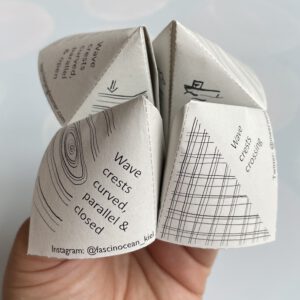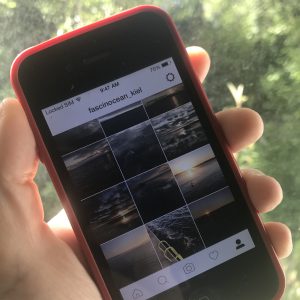
Currently reading: “Teaching with rubrics: the good, the bad, and the ugly” (Andrade, 2005)
Doing my reading for the monthly iEarth journal club… Thanks for suggesting yet another interesting article, Kirsty! This one is “Teaching with rubrics: the good, the bad, and the ugly” (Andrade,…



